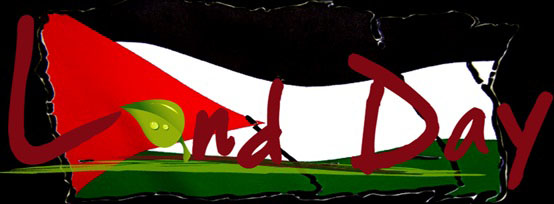One of the superstitions fabricated by leaders of the Zionist movement was Palestine is a land without people to be given to people without land. In implementation of this superstition, successive Israeli governments have been pursuing a policy of land confiscation with the aim of changing the demographic and geographic status of the occupied Palestinian territories and building settlement units to meet the accelerated influx of hundreds of thousands of incoming Jews.
The land confiscation is not simply part of an official systemic policy to evict Palestinians and replace them with Jewish residents, but part of an endorsed Zionist strategy.
Following the Zionist tenets, Israel has systematically and callously followed an intricate and continuous process of Arab land expropriation through the promulgation of new laws, the circumvention of existing laws, harassment and duplicity. Recognizing the naked truth, Y. Ben-Porat, a known ‘hawk’ wrote ‘One truth is that there is no Zionism, no settlement, no Jewish state without evacuation of the Arabs and confiscation and enclosure of their land.
After the establishment of Israel, the “Judisation” strategies focused on Arab-populated areas of Negev and Galilee with the declared goal of creating the so-called “demographic balance” which practically means increasing the Jewish population of these areas at the expense of its Arab residents.
In 2013 the Israeli Haaretz newspaper called for the halt of the long-established strategy, declaring “the Judaization of Galilee means racism”, while Israeli professor and architect Oren Yiftachel argued in several studies that “Judaisation” aims to ensure Jewish control and dominance as well as prevent dispossessed Palestinians from returning to their villages.
On March 30, 1976, Palestinians marched against an Israeli decision to expropriate 2,000 hectares of land around the Arab villages of Araba and Sakhnin as a part of a plan to “Judaise the Galilee”.
The Palestinian “Land Day” marked the first act of collective protest against the racist colonisation and dispossession of the Palestinians of their lands and rights since the creation of Israel in 1948.
It also signalled the failure of Israel to subjugate Palestinians who remained in their towns and villages, after around 800,000 of them were either expelled or forced to flee battles or massacres committed by Zionist armed groups in 1948.
Most importantly, on that day in 1976, Palestinians in the occupied Arab territories declared that they were an inseparable part of the Palestinian people and their struggle – a point again and again reiterated by successive protests and uprisings in support of Palestinian national rights.
The Land Day strike practically backfired against the political goals, inspiring one of the most powerful poems written by Tawfiq Zayyad that continues to resonate across the Palestinian generations:
“In Lidda, in Ramla, in the Galilee,
we shall remain
like a wall upon your chest,
Here we shall stay.
The Land Day marked a turning point as the first mass mobilization by Palestinians within Israel against internal colonialism and land theft. Its commemoration is a reaffirmation that the Palestinians who remained in the areas on which Israel was created in 1948 are an inseparable part of the Palestinian people and their struggle.
The Land Day continues to resonate with Palestinians everywhere because it does not just mark a past historical event, but draws attention to Israel’s ongoing violent, settler-colonial process of Judaization.
K.Q.

